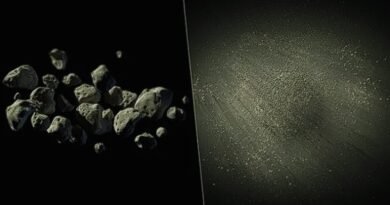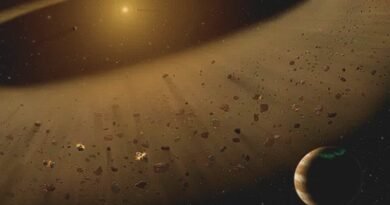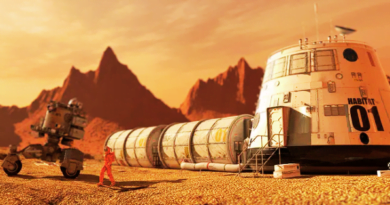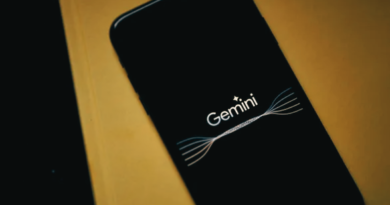Can life thrive around a supermassive black hole?
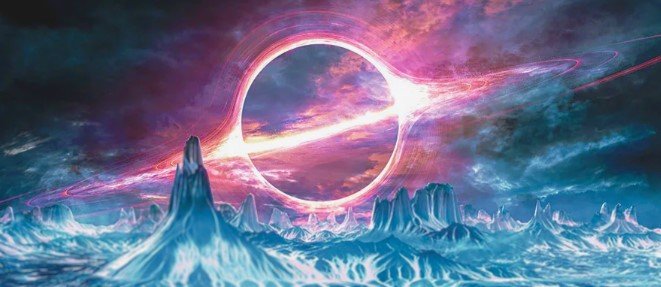
Recent studies propose that habitable “Goldilocks zones” might exist near supermassive black holes, offering potential havens for life. This notion, akin to the narrative in the 2014 blockbuster Interstellar, is gaining traction in the scientific community.
Advancements in space exploration have led to the discovery of over 4,000 exoplanets, igniting the quest for Earth-like worlds conducive to life. While conventional wisdom dictates seeking planets orbiting Sun-like stars, new research explores the feasibility of planets forming near supermassive black holes, traditionally viewed as inhospitable cosmic phenomena.
Researchers like Keiichi Wada from the National Astronomical Observatory of Japan merge expertise in black hole physics and planet formation in groundbreaking collaboration. Their models suggest planets could form around supermassive black holes, challenging previous assumptions.
Despite the unconventional environment, these planets might sustain life with alternative energy sources, such as the intense radiation emitted by the black hole’s accretion disc. NASA scientist Dr. Jeremy Schnittman posits that positioning a planet at a specific distance from the black hole could mimic the conditions necessary for life, albeit with challenges like heightened radiation levels.
Astronomers explore leveraging the cosmic microwave background (CMB) – remnant energy from the Big Bang – to sustain life around black holes. Dr. Pavel Bakala suggests that gravitational lensing by black holes could focus CMB energy onto orbiting planets, potentially creating habitable conditions.
However, the stability of these planets’ environments faces challenges, including fluctuations in obliquity due to the gravitational effects of black holes. Despite these hurdles, upcoming space missions like the European Space Agency’s Laser Interferometer Space Antenna (LISA) offer hope of detecting planets orbiting black holes, unraveling the mysteries of these enigmatic regions of space.
While the concept of habitable planets near supermassive black holes may seem straight out of science fiction, ongoing research suggests it’s a plausible phenomenon worth exploring further.

